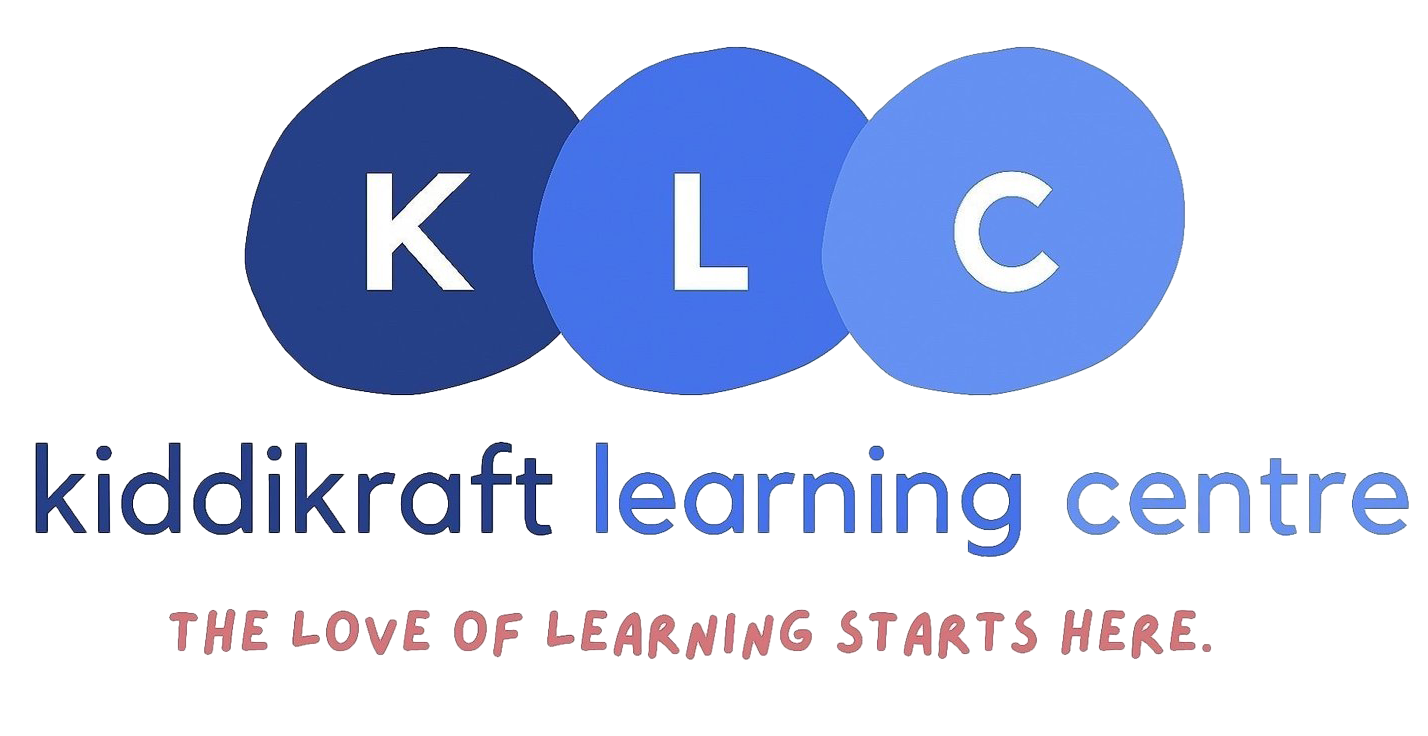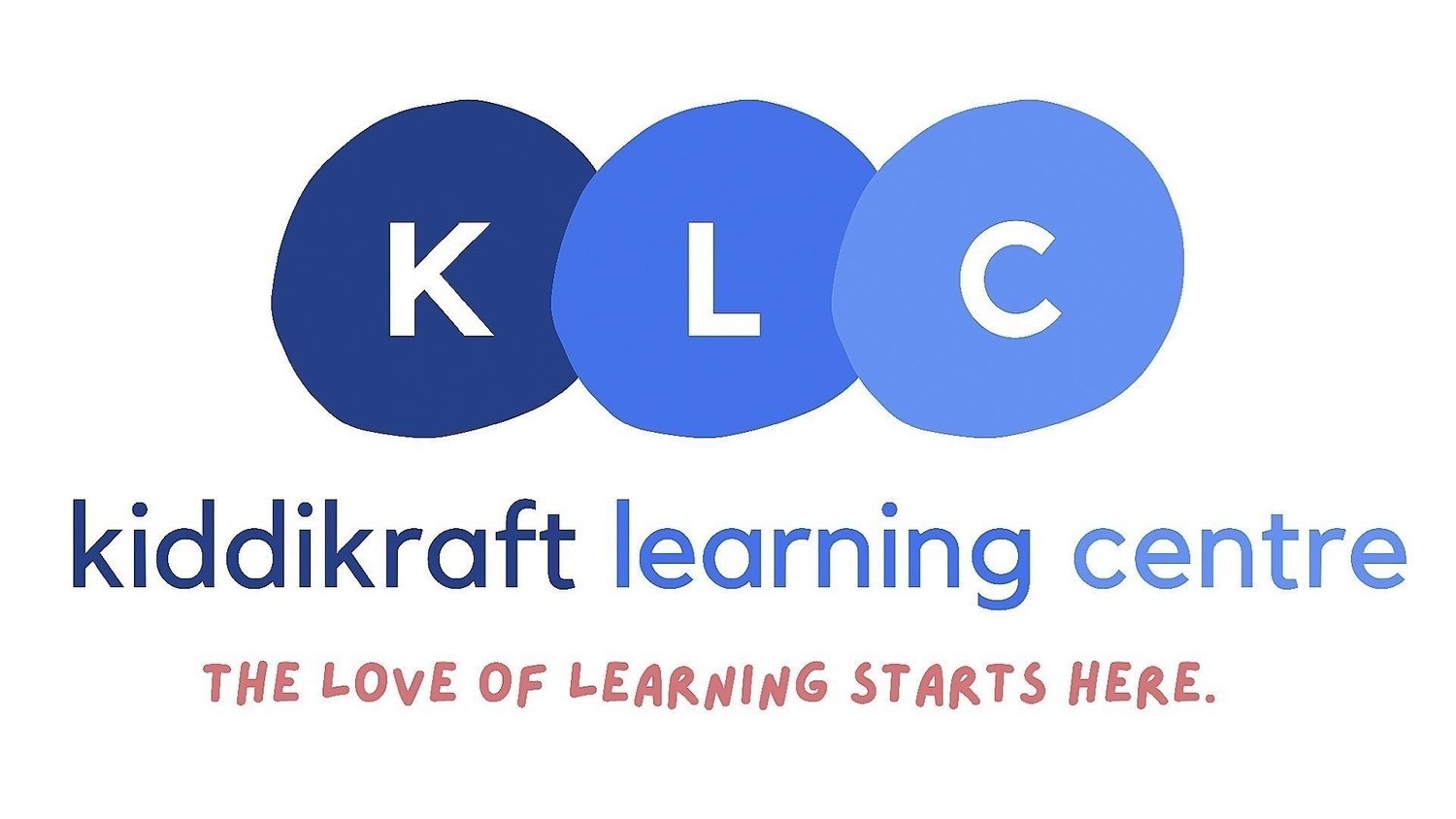The Power of Early Childhood and Print Learning: Building Strong Foundations
Early childhood is a crucial time for development, and a print-rich environment plays a key role in building a strong foundation for future academic success. Research shows that children who are exposed to a print-rich environment and literacy activities at a young age are better prepared to learn to read and write when they enter school.
One of the most important ways to promote literacy in early childhood is through reading aloud. When parents, caregivers, and teachers read to children, they expose them to new vocabulary, sentence structures, and storytelling techniques. This helps children develop a love of reading and a strong foundation in language and literacy.
In addition to reading aloud, there are many other ways to promote a print-rich environment in early childhood. The easiest way to expand vocabulary and increase literacy is to label common words around the house. For example, putting the word 'door' on all doors, or the word 'bathroom' in the bathroom, 'kitchen' in the kitchen together with other objects in the house, table, chair, sofa etc. This consistent and continual exhibit of words will eventually imprint on their minds, and before you know it, they can sight-read common words.
Choose common objects: Start by choosing common objects that your child interacts with daily, such as furniture, toys, and kitchen items.
Use simple language: Make sure the labels are simple and easy to read. Use large, clear fonts and avoid using words that are too complex or difficult for your child to understand.
Be consistent: Use the same label for each object every time, so your child can start to associate the word with the object.
Make it fun: Use colorful labels or stickers to make it more engaging for your child. You can also turn it into a game by asking your child to find the labeled objects.
Expand their vocabulary: As your child becomes more familiar with the labeled objects, you can start to introduce new words and concepts by labeling new items or using synonyms for the existing labels.
Overall, labeling objects at home can be a fun and effective way to help children learn and expand their vocabulary. It's a simple activity that can have a big impact on their language development.
By building a strong foundation using a print-rich environment during early childhood, children are better prepared to succeed academically and beyond. So if you have young children in your life, consider incorporating this into your daily routine. Contact us to learn more! www.kiddikraft.com

